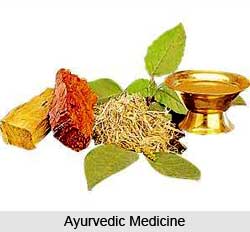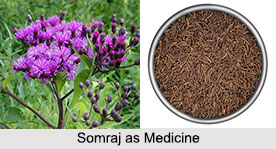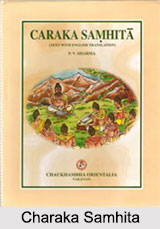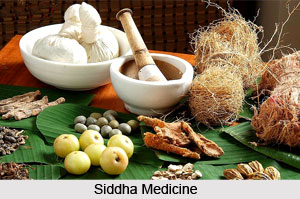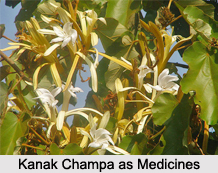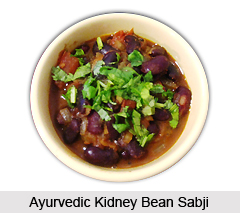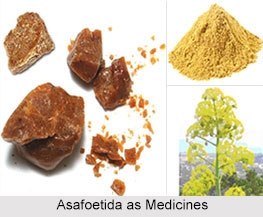 Asafoetida features a notable place in traditional medicinal practices. Sanskrit writers describe asafoetida as an exudation from the root of the asafoetida plant which is indigenous to Persia, Khorasan and Multan. The botanical name of the plant is Ferula Asafoetida.
Asafoetida features a notable place in traditional medicinal practices. Sanskrit writers describe asafoetida as an exudation from the root of the asafoetida plant which is indigenous to Persia, Khorasan and Multan. The botanical name of the plant is Ferula Asafoetida.
Health Benefits of Asafoetida
Asafoetida is regarded as a stimulant and carminative and is much used in dyspepsia, flatulence, colic and diseases of the nervous system. It is fried before being used internally. Raw or unfried asafoetida is said to cause vomiting.
Dose of Asafoetida in Medicine
Hingvashtaka Churna: Take fried asafoetida, ginger, long pepper, black pepper, ajwain, cumin seeds, nigella seeds and rock salt in equal parts; reduce them to powder and mix. Dose should be 10 to 20 grains, to be taken with the first morsel of rice and clarified butter taken at breakfast. Thus administered, it is said to increase the appetite and digestive powers and to cure flatulence. Some writers recommend the above powder to be made into pills with lemon juice.
In the flatulence of infants a powder composed of asafoetida, rock salt, cardamoms, ginger and the root of Clerodendron Siphonanthus (bhargi) in equal parts is prescribed by several writers. In flatulent colic with costiveness, a suppository made of asafoetida, rock salt and honey are smeared over with clarified butter, is introduced into the rectum.
In hemiplegia, stiff-neck, facial palsy, sciatica and other diseases of the nervous system, fried asafoetida is given along with a compound decoction called Mashabaladi. A bit of warm asafoetida, placed in the cavity of a carious tooth is said to relieve pain.
This article is a stub. You can enrich by adding more information to it. Send your Write Up to content@indianetzone.com
Related Articles
Ayurveda
Ayurveda Medication
Elements of Ayurveda
Concepts of Ayurveda
Ancient Literature of Ayurveda
Sushruta Samhita
Classification of Medicine




